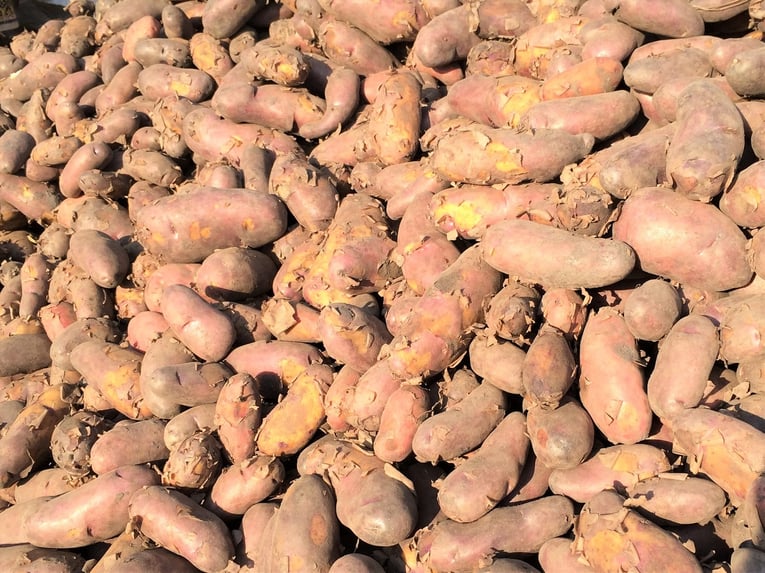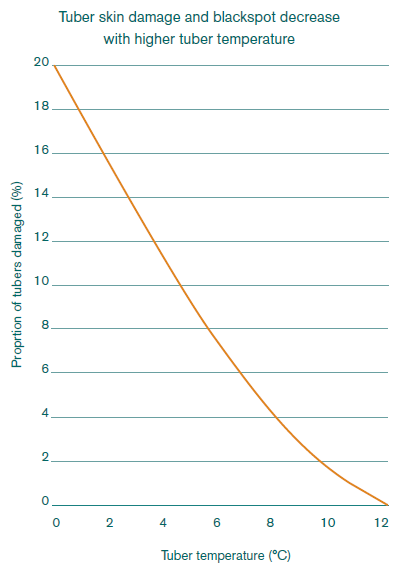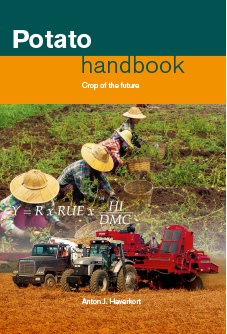
When tubers mature before they are harvested the skin sets. Before the skin is set the thin epidermis can easily be removed through abrasion or attrition.
This can be done manually by the grower to find out if the skin is set and the crop is ready to harvest. This to avoid skinning to take place during machine harvesting when the tubers come ungently in contact with machine parts. When the skin is peeled off, the underlying tissue is exposed and, through wound healing, will form a new skin.
Unfavorable conditions
When conditions are unfavorable for wound healing such as tuber wetting due to condensation, temperatures remote from the optimum for wound healing which is 20 °C so lower than between 14 and higher than 24 °C, tubers lose water and are susceptible to infection both reducing tuber quality. The wound, or at least the borders, however, remain visible as a defect on the tuber surface even after proper curing. Skinning is reduced when the tubers are mature and hardened when harvested.

Tubers handled at lower temperatures at harvest in the autumn of temperate climates are more sensitive to skinning and black spot. With temperatures well above 10 °C, depending strongly on variety, crop maturity and growing conditions, the damage and losses are low.
Want to keep reading about the potato crop and tuber disorders?
Our Potato handbook is a global potato university in 1 book!
Buy your copy today and get a one-year free subscription to PotatoWorld magazine.

